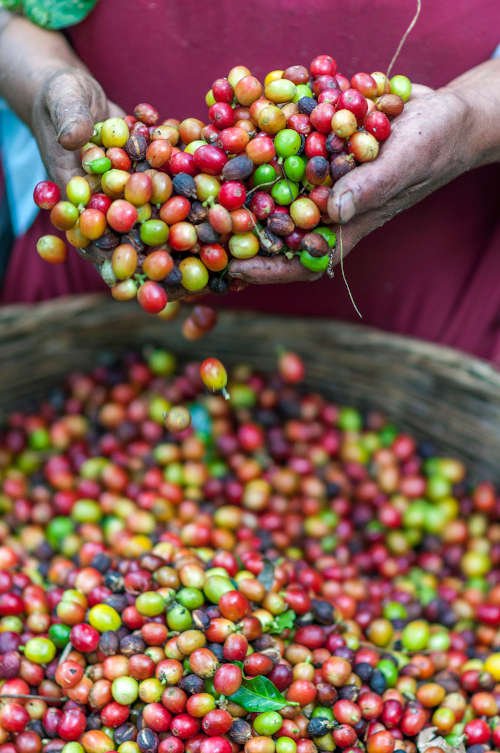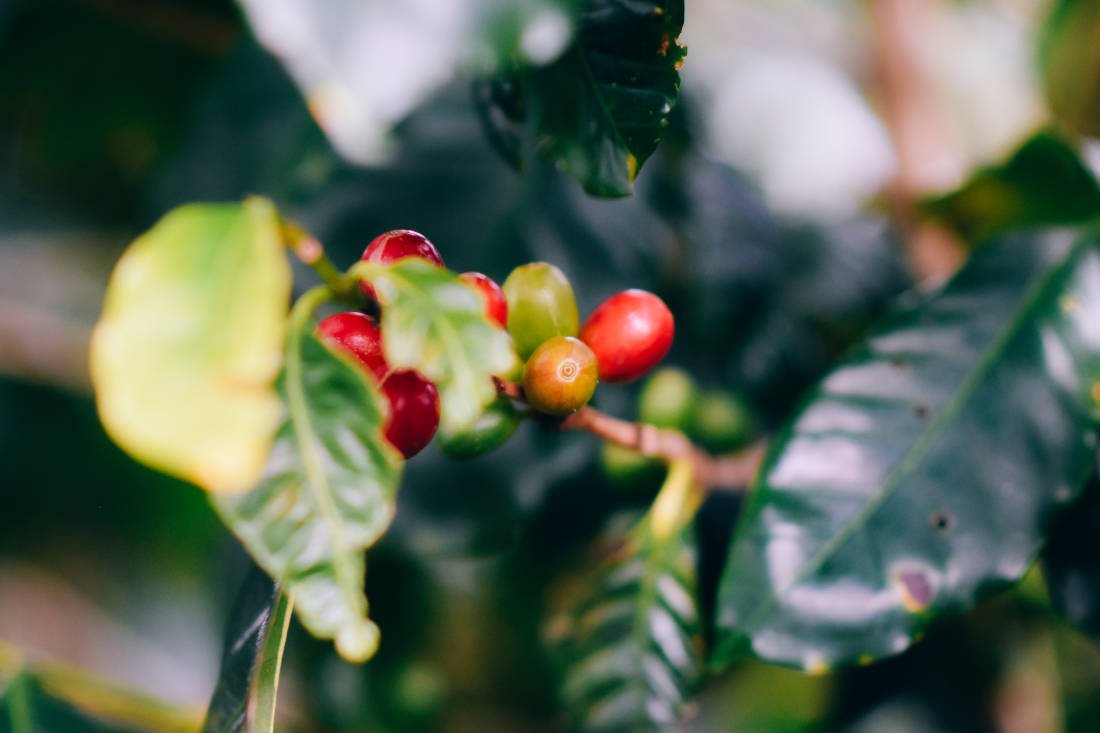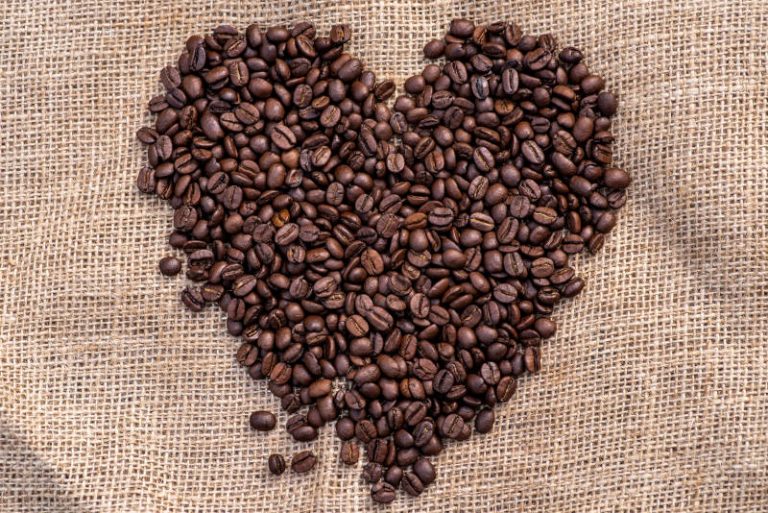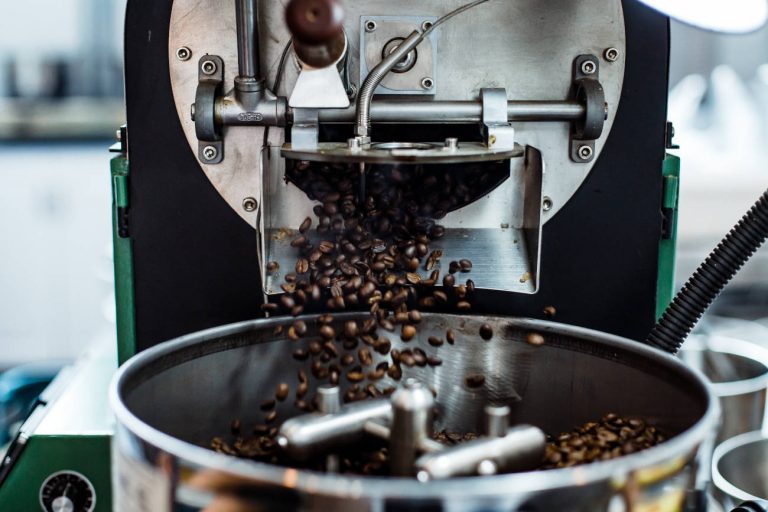The Process – Coffee from Bean to Cup
Photo by Chalo Garcia on Unsplash
There’s a lot that goes into transforming a fruit from a bush into a fresh cup of coffee. Here you’ll learn the about the different steps.
1. Harvest the Coffee Bean
When the fruits of the coffee bush are red, they are ripe ready to be harvested, which happens once a year approximately.

The fruits are usually picked by hand. They are gently scraped off their branches. Arabica coffee beans can sometimes be picked one by one. Like with the Hawaiian bean from Kona. That’s an expensive and time-consuming process, which requires the fruits to be picked at just the right time. Although it’s a time consuming process, it produces the finest coffee. You should always pick fair trade beans.
2. Processing the Coffee Bean
Directly when the fruits have been harvested, coffee production must begin. The treatment of the beans can be done in two ways:
Wet process: washed coffee
The coffee beans are picked from the fruits within a day. A machine washes away skins and pulp, and through natural enzymes, the protective layer surrounding the coffee beans can be broken down.
Then the coffee beans are dried in the sun, or in dryers. Finally, the beans are polished to allow the last layer of the shell to fall off. Then the coffee beans are graded by size and weight.
Dry processed: naturals coffee
The coffee fruits are allowed to dry in the sun for seven to ten days. When the fruit dries it shrinks and the peel turns brown. Inside the fruit you can hear how the beans rattle.
Whatever method is used, the coffee beans are usually sent unroasted.
3. Roasting the Coffee Bean
Only after roasting does the flavors and aromas emerge. The beans are put in a roasting machine that maintains a temperature up to 550 ° F (288 ° C).

In the machine, the beans go from being greyish-green to getting a golden color. At approximately 400 ° F, the coffee beans pop and become wice as big.
The coffee bean oils emerge and give the coffee beans its dark brown color. The beans are ready to roast after 3-4 minutes, when the beans pop for the second time.
The roasting time of the beans varies depending on the strength of the beans.
Shorter roasting time, 7–8 minutes, is used for light roasted coffee. Up to 14 minutes or more is used for medium roasted coffee and even longer for dark roasted beans.
Freshly roasted coffee may be the best thing ever! It tastes so much better than beans roasted, then shipped, then stocked and then bought maybe a year later. Nowadays you can enjoy home-roasted coffee beans. That’s amazing! I roast at home with this device – it is the best coffee bean roaster out there:
Fresh Roast SR540

4. Coffee Grinders
Finally, it is time to grind the coffee. The grinding process releases the flavors from the coffee beans.

To get the best coffee at home, I recommend that you grind the coffee beans yourself, just before you brew the coffee. My favourite home coffee grinder is Breville BCG820BKSXL:
Breville BCG820BKSXL

How finely you should ground the coffee beans, depends on what kind of brewing method you use. But in general, you can assume that the faster brewing time, the more finely ground coffee.
Espresso, which is made in just 20 seconds, needs very finely ground coffee. Drip coffee, on the other hand, has a little longer brewing time and requires coffee beans with coarser grinding.
If you’re interested, you can read further about how to brew the perfect coffee or what coffee devices you should use. Also check out these 100% compostable coffee pods that are Nespresso and Keurig compatible.

Coffee nerd from Toronto. Enjoys coffee before, during and after a nice meal. Engineer turned writer that started blogging at Wawee Coffee. And couldn’t stop.







